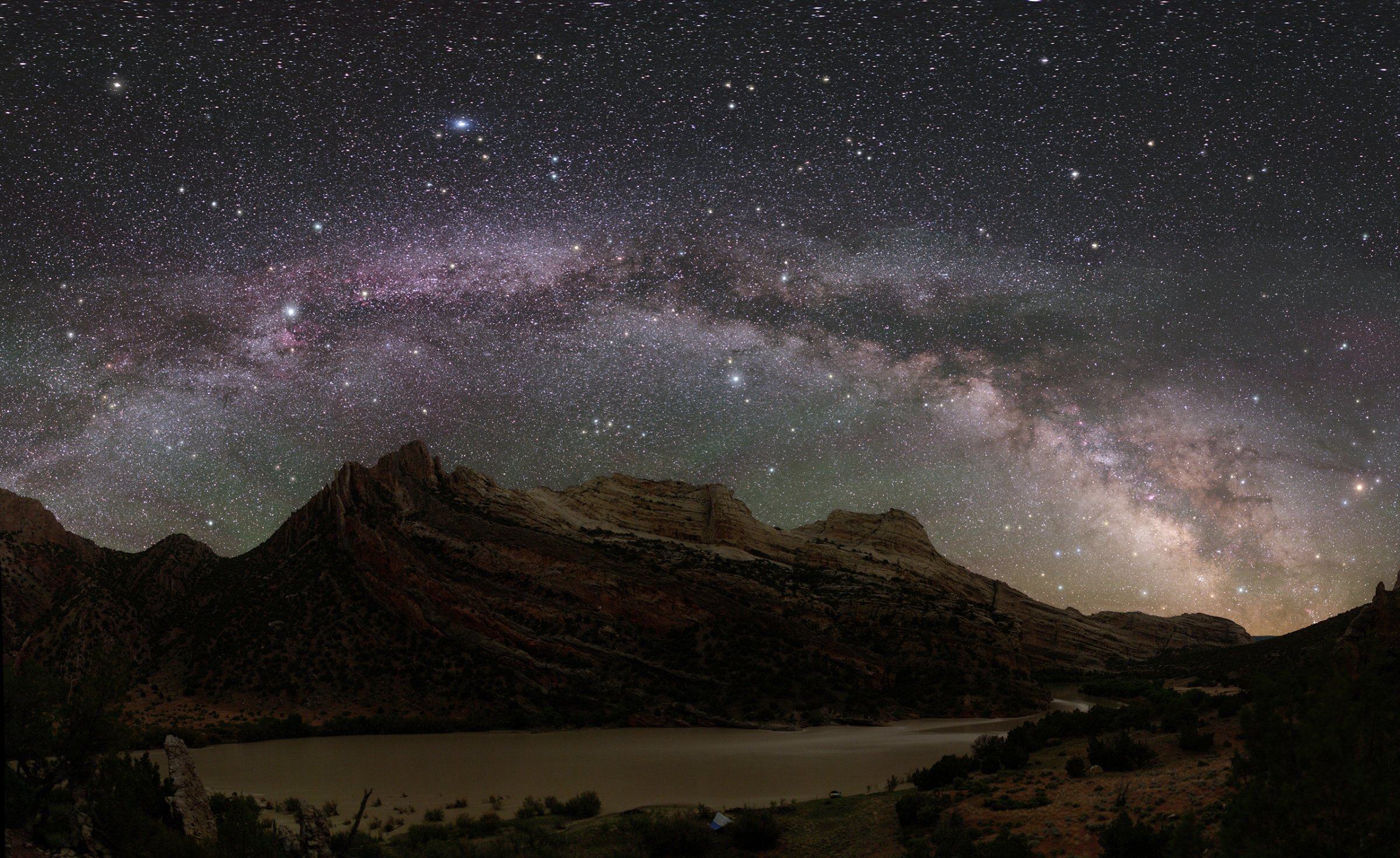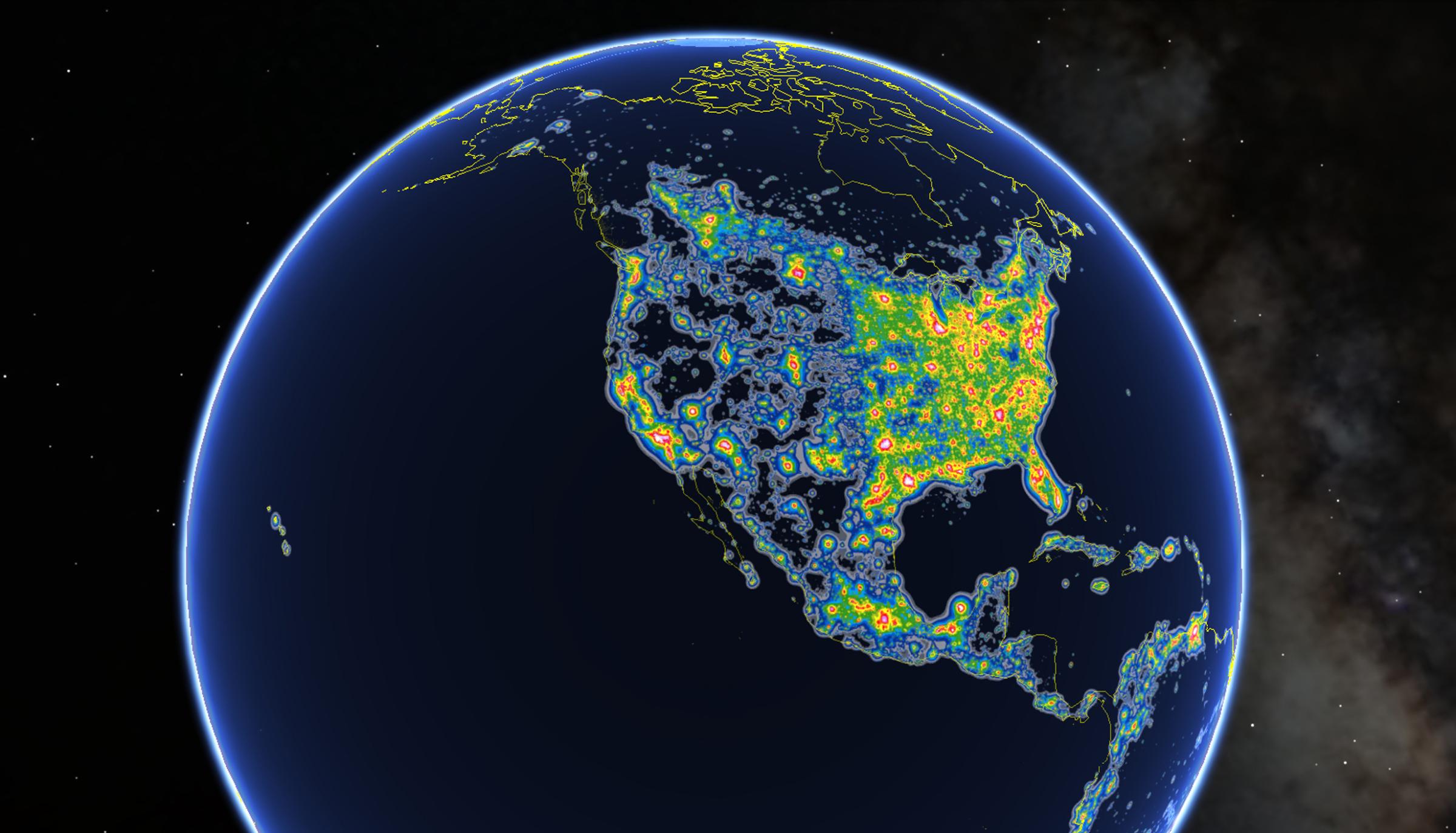
Light pollution prevents a third of the world’s population from seeing the Milky Way from their homes, according to new research.
Researchers behind the study, published in the journal Science Advances, found that 60% of Europeans and nearly 80% of North Americans cannot see the Milky Way.
Light pollution, most common in densely populated urban areas, is the result of the artificial light humans create to illuminate roads, buildings and neighborhoods. Nearly everyone who lives in the U.S. and Europe experiences some level of light pollution.

Researchers are still working to understand the implications of light pollution for humans. Researchers say it may affect the human ability to see at night in normal conditions.
More Must-Reads from TIME
- Cybersecurity Experts Are Sounding the Alarm on DOGE
- Meet the 2025 Women of the Year
- The Harsh Truth About Disability Inclusion
- Why Do More Young Adults Have Cancer?
- Colman Domingo Leads With Radical Love
- How to Get Better at Doing Things Alone
- Michelle Zauner Stares Down the Darkness
Write to Justin Worland at justin.worland@time.com